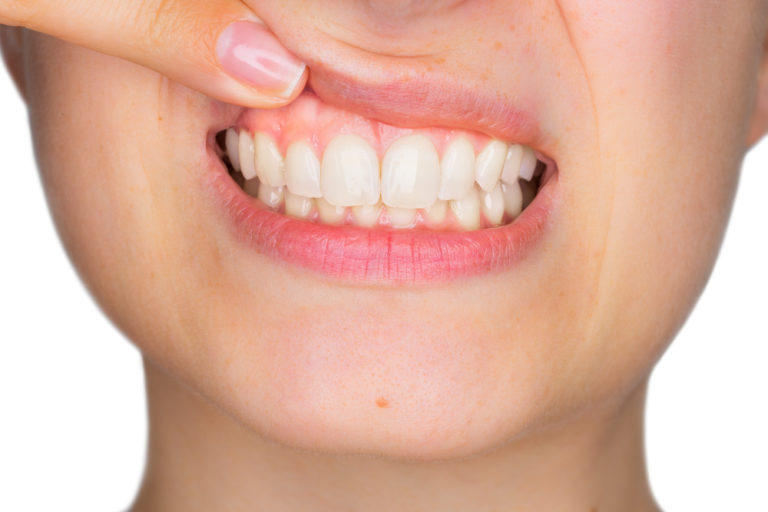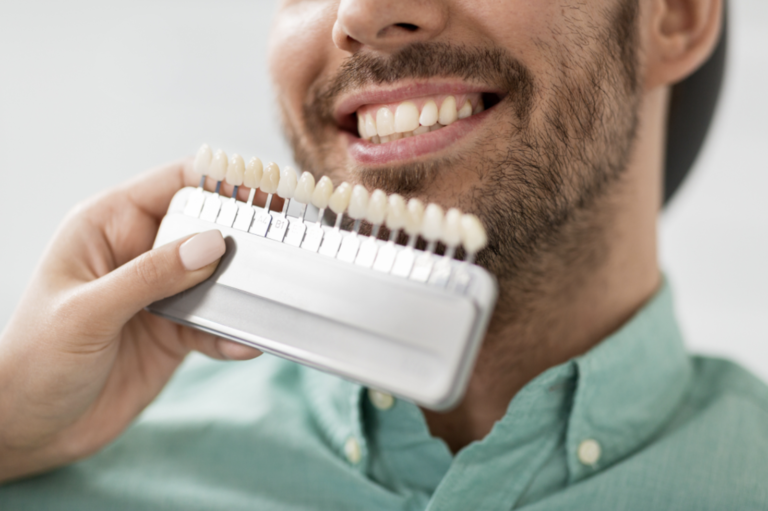It is important to instill good oral hygiene practices at a young age. By teaching the importance of oral hygiene such as brushing and flossing early on, parents can help put children on the path to a healthy smile.
Since this seems like another added chore, here are some tips to help make this process as painless as possible.
Brush and Floss Together, says Brenna Stone, a writer for Colgate
One way to make your child interested in oral care is to brush and floss together. Kids mimic what their parents do. Show your son or daughter your excellent brushing technique, including your great tongue brushing skills! After brushing, floss your child’s teeth or help them to floss if they are old enough to do it on their own. To give routine brushing an air of excitement, make up a rhyme about keeping teeth clean or sing a fun song.
Special ToothBrush or Toothpaste.
Another way to keep your child’s interest alive is with a new, fun toothbrush. When it is time to replace the old toothbrush with a new one, opt for a colorful, soft-bristled brush or one with your child’s favorite cartoon character such as the Colgate SpongeBob or Dora the Explorer toothbrush.
Mint isn’t always something you like at a young age. But flavors like strawberry or bubblegum may have your 5-year-old running to the sink before bed.
General Tips
Children 6-8 years of age may be capable of brushing by themselves. Parents should inspect their child’s teeth if they are unsure whether their child is missing certain areas in the mouth.
Encourage your child to brush at least twice a day, morning and night, with a soft-bristled toothbrush. Harder bristles may be too abrasive for young children.
Battery-powered toothbrushes can also be used to gently remove the sticky film, called plaque, from the teeth and gums.
Your child’s toothbrush should be replaced every three to four months, or sooner if it is worn out or frayed. It is also a good idea to replace the toothbrush after a cold or flu to avoid reintroducing germs associated with those conditions.
Flossing
This is a habit that even most adults have a hard time adapting. The younger you start with your children, the more likely they will keep up.
Children should start flossing when tooth surfaces are next to each other. It is important to floss at least once a day. Bacterial plaque and food can settle between the teeth, which can lead to gum disease, tooth decay, and halitosis. The tongue should also be brushed to remove bacterial plaque.
How to Floss
- Step 1: Hold a short length of floss between the thumb and index finger, twining it around one finger at each end to gain better control. Be careful not to apply too much pressure when inserting the floss between the child’s teeth.
- Step 2: Adjust the floss into a ‘C’ shape curve around each tooth and slide it up and down gently along the side of the tooth and under the gumline.
- Step 3: A new section of floss should be used for each tooth to avoid reinsertion of food and plaque.
- Step 4: An interdental brush can be used to clean between tooth surfaces that have space.




